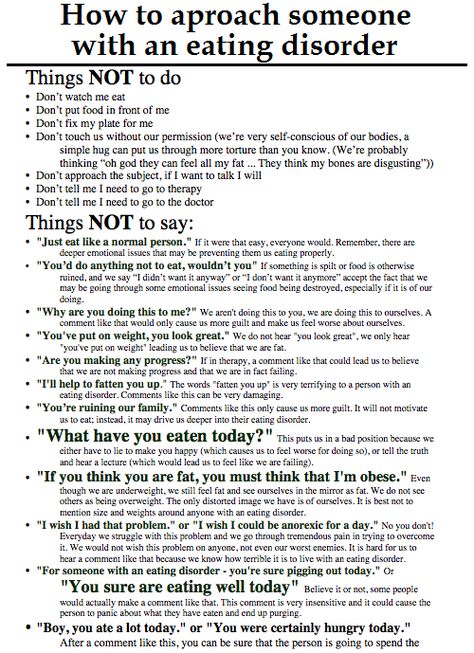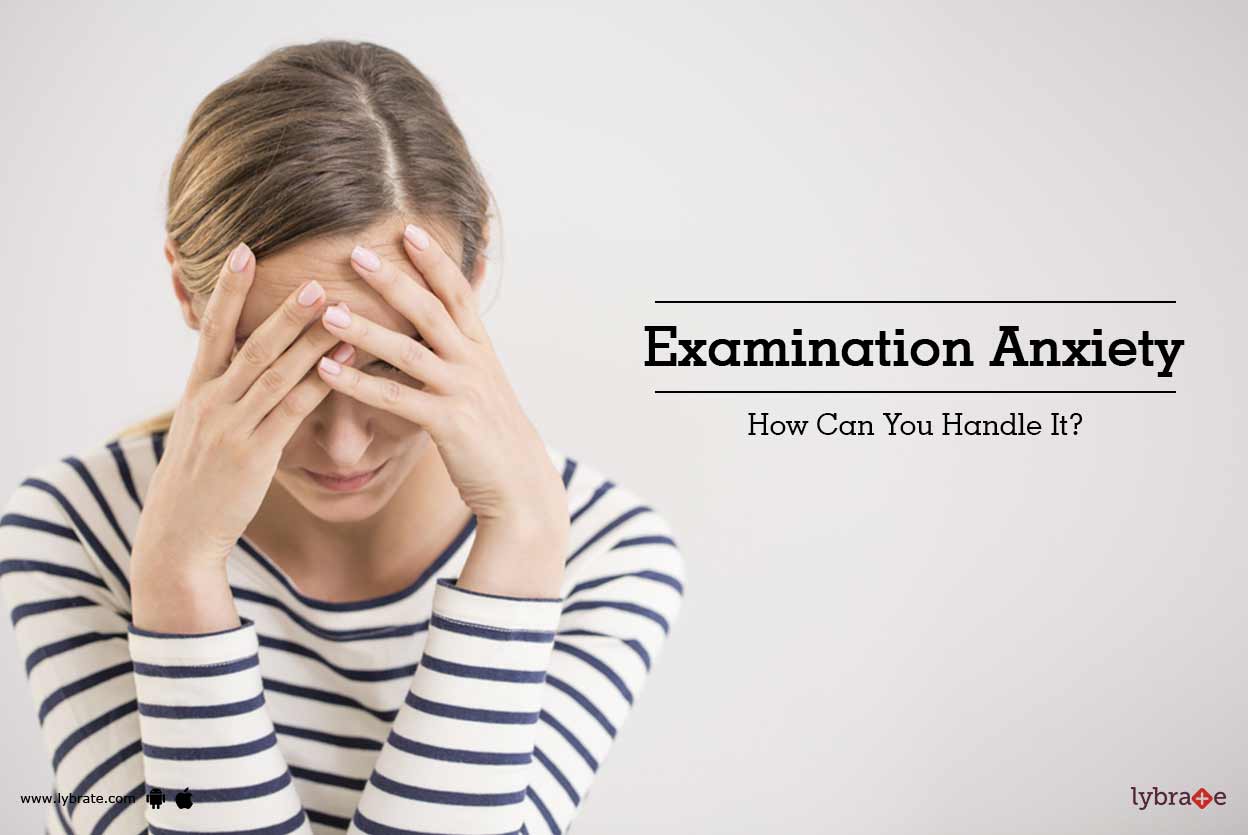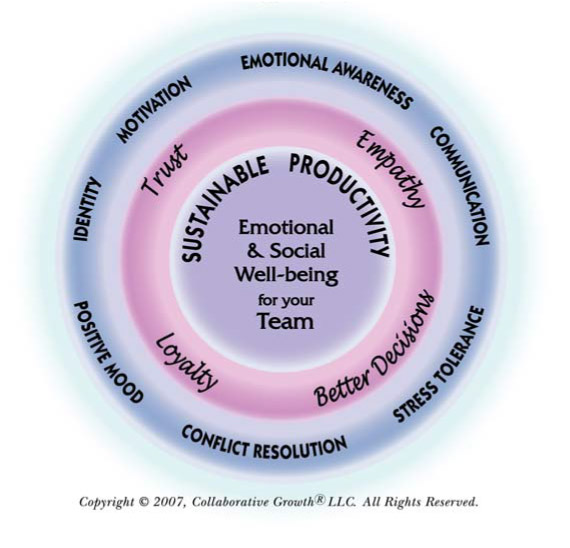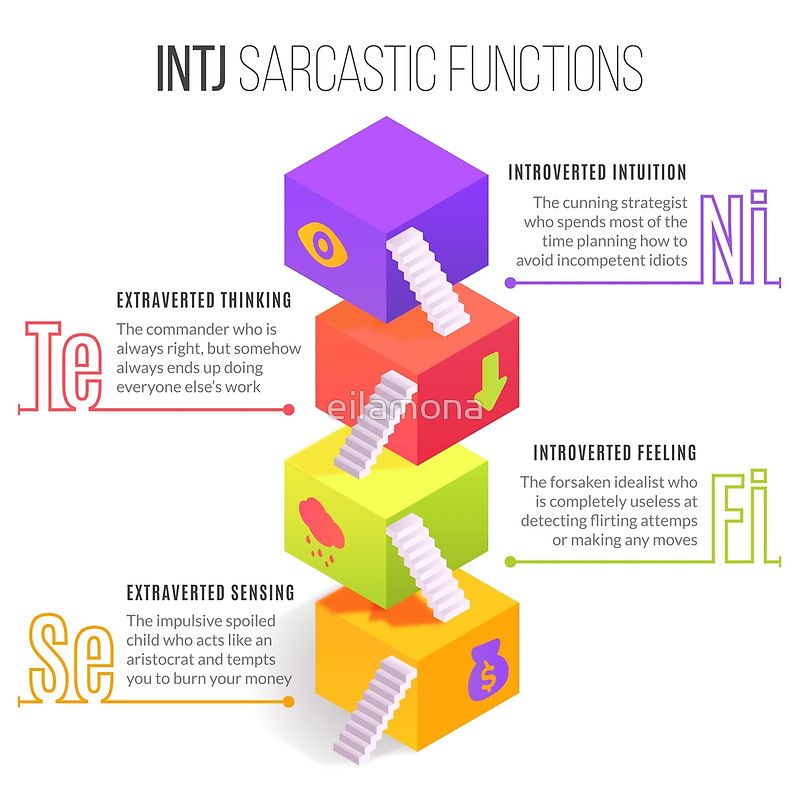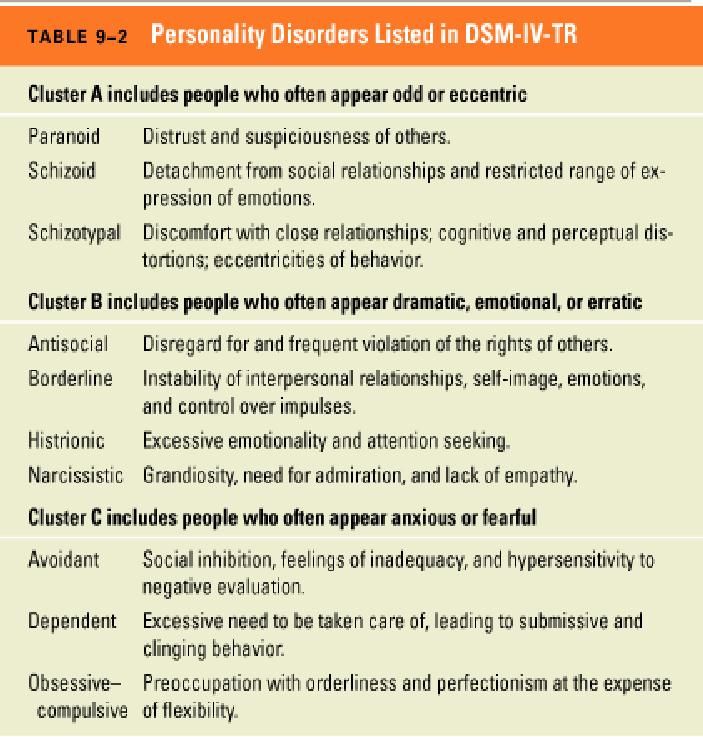How to go off birth control
How to Safely Stop Birth Control
Written by Kris Martins
You may have started hormonal birth control for a number of reasons, including to avoid pregnancies, regulate periods, or control acne. Your motives for wanting to stop can differ, too.
But the safest way to get off will depend on your particular birth control type. Usually, you can easily do it yourself. But some methods may require a visit with your doctor.
How to Quit
No matter what type of contraceptive you’re on, it may be a good idea to talk to your doctor first. You can get advice, learn about possible side effects, understand how quickly you might be able to get pregnant, and your options if you don't want to conceive.
The pill. This is the most popular choice among women who currently use contraception. You can stop the pill on your own any time -- no need to finish your pack. Your menstrual cycle may get thrown off, but your period should come back within 3 months.
The minipill. This contains only progestin, instead of the usual estrogen and progestin. You can quit the minipill whenever you want. It works slightly less well than the combination pill to prevent pregnancies. So you'll need another form of protection if you want to avoid getting pregnant.
Implants. This toothpick-sized tube is a long-acting contraceptive. It usually lasts for 3 years. You can have it removed by a doctor or a nurse anytime. Your fertility should return quickly.
Patches. These adhesive squares stick to your skin and release estrogen and progestin. If you want to stop using them, just peel the patch off yourself. To avoid getting pregnant, use another birth control method right away.
IUD. An intrauterine device, or IUD, is put into your womb through your vagina. It can keep you from getting pregnant for many years. A doctor or a nurse can remove it in a few minutes. If you're trying to have a baby, you should be able to conceive right away.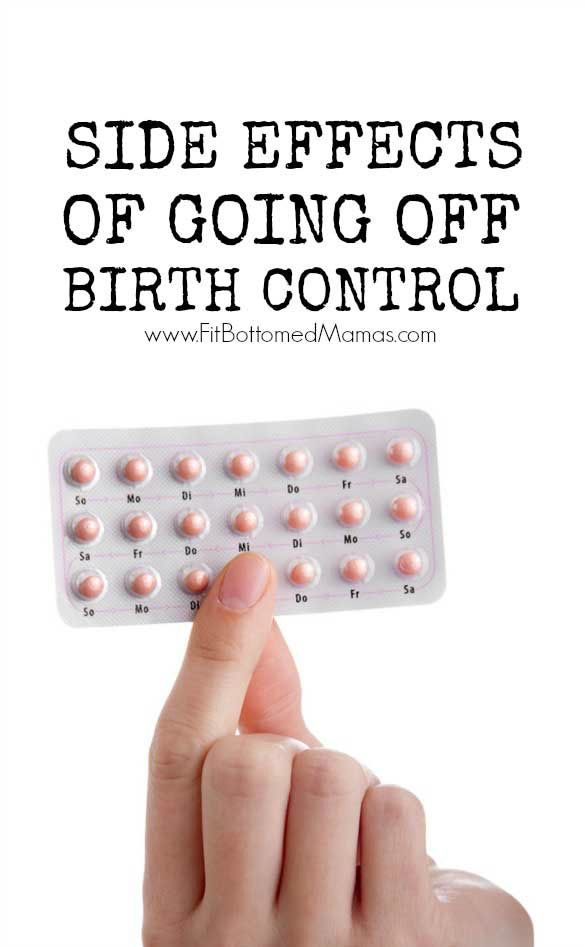
Diaphragm. This dome-shaped cup physically blocks sperm from entering your womb. You insert it every time you have sex. Even if you no longer want to use a diaphragm as a contraceptive, leave it in for at least 6 hours after you last have intercourse.
Vaginal ring. You put this flexible plastic into your vagina, much like a tampon. It has the same two hormones as in the pill. You usually leave it in for 3 weeks and then take it out for a week. You can stop using the ring at any point in your menstrual cycle. Use another form of birth control right away if you're not planning to get pregnant.
Birth control shot. You shouldn’t rely on the shot for more than 2 years without checking with your doctor first. But you can get off of it whenever you want. Since you have to get this shot about every 3 months from your doctor, to stop this kind of birth control, you can simply quit taking the shot. Ask your doctor if you need a back-up contraceptive.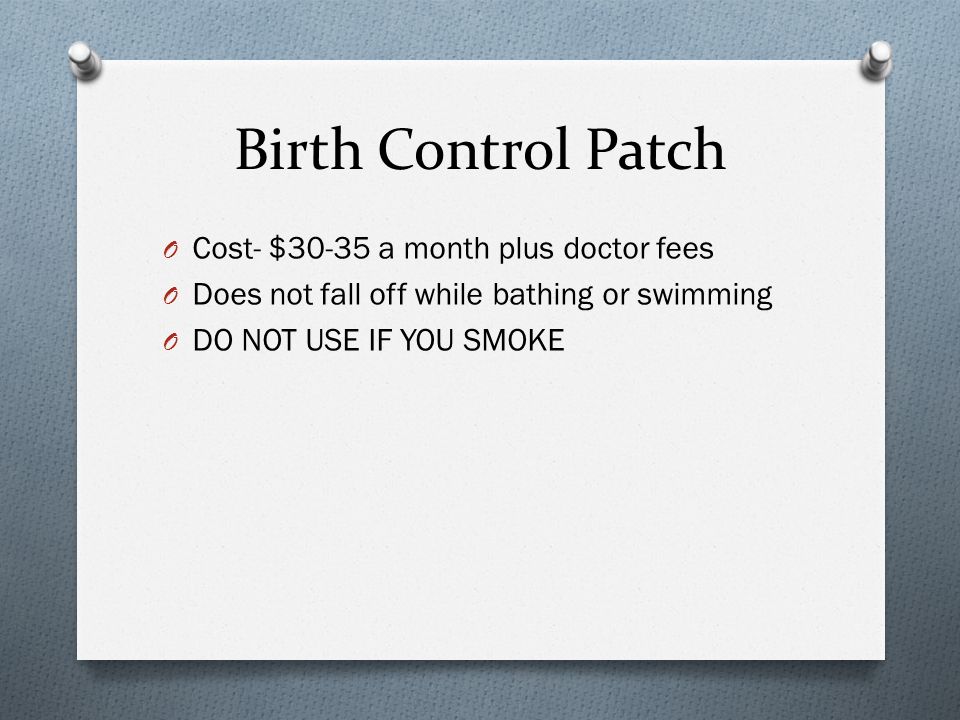 You may be covered for a while, since the effects of the shot can last up to 9 months.
You may be covered for a while, since the effects of the shot can last up to 9 months.
Why You May Want to Stop
You’re in charge of your fertility. Sometimes, you may wish or need to get off your current contraceptives for health or personal reasons.
You have side effects. Hormonal birth control can affect everyone differently. Some women have mood swings, weight changes, headaches, or nausea. Ask your doctor if switching to another method may ease your side effects.
You want to have a baby. Quitting your birth control is the first step to jumpstart your family planning. Either stop right away or visit your doctor to remove your implant or device. They also can help you with a pregnancy plan.
You have health concerns. Hormonal birth control sometimes doesn’t mix well with your other medications. It also may raise your chances for heart attacks or breast and cervical cancer.
You don’t have sex often.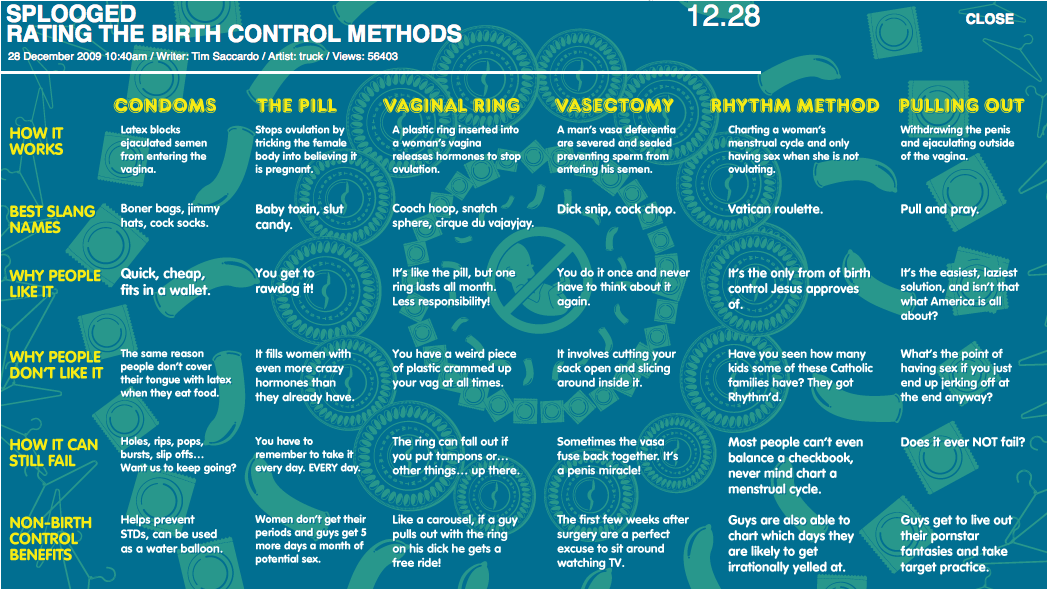 It takes effort to remember to take your pill every day or to visit your health care provider regularly for new prescriptions or shots. If you’re not very sexually active, that can be too much of a hassle. You might find it more convenient -- and get better protection against STDs -- if you rely on a barrier method like a condom or a cervical cap with spermicide each time you have intercourse.
It takes effort to remember to take your pill every day or to visit your health care provider regularly for new prescriptions or shots. If you’re not very sexually active, that can be too much of a hassle. You might find it more convenient -- and get better protection against STDs -- if you rely on a barrier method like a condom or a cervical cap with spermicide each time you have intercourse.
When to See Your Doctor
Usually, you’ll have no serious side effects from getting off hormonal contraceptives. But if your period doesn’t resume after about 4-8 weeks, your doctor should check for possible problems.
10 Things That May Happen When You Quit Birth Control Pills
Written by WebMD Editorial Contributors
Medically Reviewed by Nivin Todd, MD on September 11, 2020
You probably felt a few changes when you started taking birth control pills, like nausea or tender breasts. So it makes sense that you may feel different again when you stop taking them.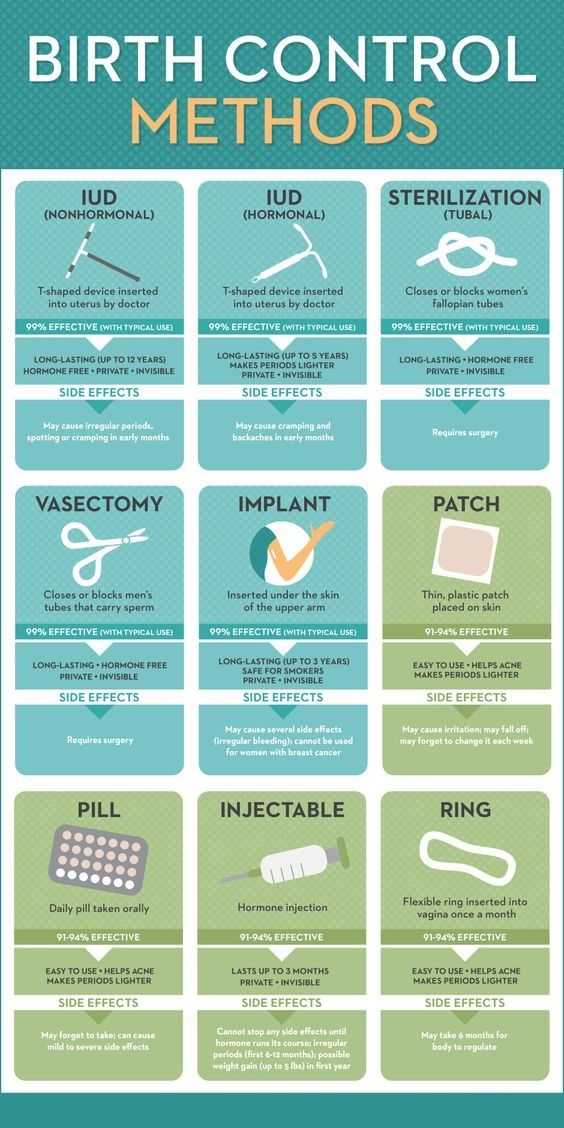
Any type of hormone-based birth control can change how you feel, whether it’s pills, the patch, a vaginal ring (Annovera, NuvaRing), hormonal IUDs (Kyleena, Liletta, Mirena, Skyla), injections (Depo-Provera) or an implanted rod (Nexplanon). Everybody’s different, and some of the effects you notice might depend on symptoms you had before you started taking the pill. But a few changes are common:
1. You could get pregnant. And before you say, “Duh,” keep in mind that it could happen sooner than you think. Many women think it takes a long time to conceive after they stop the pill, but research shows pregnancy rates are about the same as those for women who had used barrier methods (like condoms). Up to 96% of former pill-users got pregnant within a year. And in one study, more than half were pregnant at 6 months. But it may take more time -- up to a year -- after you stop injections like Depo-Provera.
2. Your cycle may get wacky. Even if your periods were like clockwork before you started birth control, it might take a few months for them to straighten out after you stop. And if you had irregular periods, you’ll probably be off-kilter again -- the reliable schedule you enjoyed (or the long breaks between periods) came from the hormones in the pill. If your periods stopped altogether, it may take a few months for them to start up again.
And if you had irregular periods, you’ll probably be off-kilter again -- the reliable schedule you enjoyed (or the long breaks between periods) came from the hormones in the pill. If your periods stopped altogether, it may take a few months for them to start up again.
3. Your periods could be heavier and crampier. If you had lots of bleeding and pain before you started, it’s likely your heavy flow will return.
4. PMS may come back, too. The pill, especially some formulas, helps your body level out the hormonal chaos that can make you feel depressed, anxious, and irritable. Without that balancing, you may start feeling moody again.
5. You may have mid-month twinges. Most hormonal method of birth control works by keeping you from ovulating. So once your body starts ovulating again, you may feel mild cramping on one side of your pelvis as your ovary releases an egg. You may also have more vaginal discharge.
6. Your weight may go down. Women who used a progestin-only type (like injections, hormonal IUDs, or pills) may have gained a few pounds, so the scale might go down when they stop using them.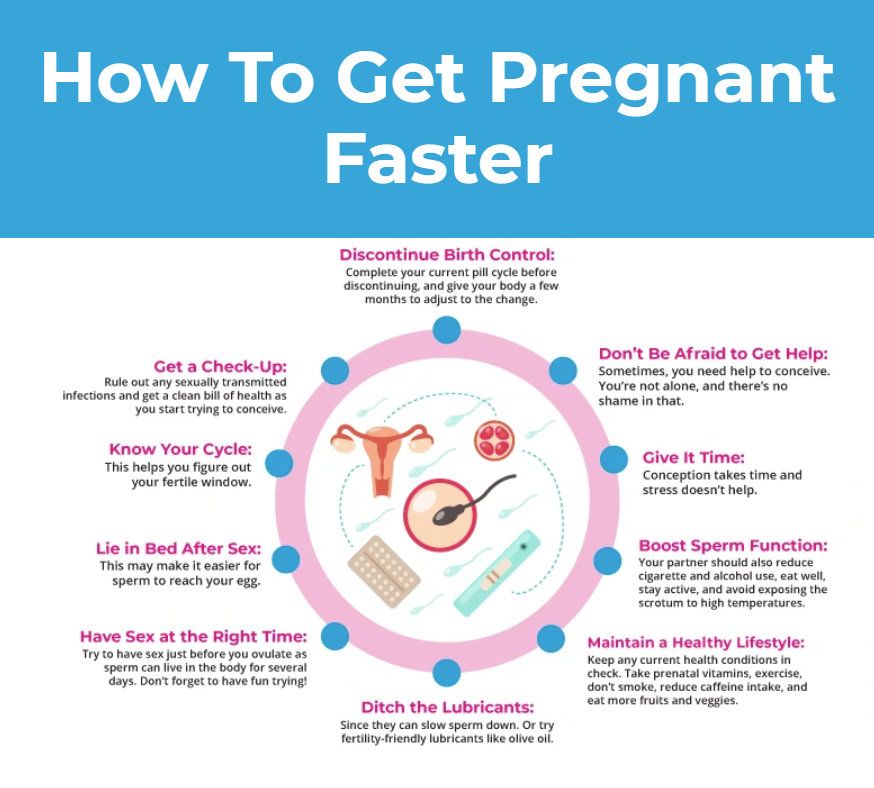 If you want to lose weight, though, you’ll probably get more results from a better diet and more exercise than from going off your birth control.
If you want to lose weight, though, you’ll probably get more results from a better diet and more exercise than from going off your birth control.
7. Acne and unwanted hair may return. The pill can correct the hormone imbalance that makes your skin break out and grow hair in unwanted places. But the fix is temporary: Once you stop the birth control, your hormones can get off-kilter again, bringing back those issues.
8. You might feel friskier. A small number of women find that the pill drives their libido down, especially if they take some very low-dose pills. So a few women, about 15% in one study, may find themselves in the mood more often after they stop their birth control.
9. Headaches may vanish. If the pill tended to give you headaches, you’re likely to get relief when you stop taking it.
10. You’ll still have protection from some cancers. One of the best “side effects” of the pill is that long-time use lowers your risk for ovarian and endometrial cancer.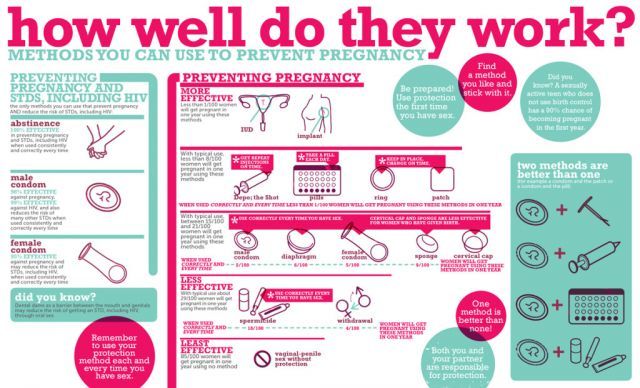 And if you took it for long enough, the payoff continues after you stop. The same is true for some kinds of non-cancerous breast problems, like fibrocystic breast disease, and for fibroids.
And if you took it for long enough, the payoff continues after you stop. The same is true for some kinds of non-cancerous breast problems, like fibrocystic breast disease, and for fibroids.
Recently it became known that in the next few years, China may remove restrictions on the number of children in families, sources told Reuters. The 2021 census showed that China remains the most populous country in the world and the population continues to grow: now it is 1.41 billion people, but the growth rate has critically slowed down. Birth control led to an aging population and a labor shortage, the cheapness of which has long fueled the growth of the Chinese economy. At the same time, unlike developed countries that faced a similar problem, China “aged before getting rich”: in the list of countries in terms of GDP per capita, it ranks 86th (World Bank data for 2019). year). Another feature of China is that the decline in the population growth rate was created artificially, and superimposed on patriarchal traditions, it gave rise to a gender imbalance.
year). Another feature of China is that the decline in the population growth rate was created artificially, and superimposed on patriarchal traditions, it gave rise to a gender imbalance.
Finished reading here
The Central Bank of China called for abandoning birth control because of the risk of falling behind the United States
Birth control policy
In the early years of the PRC, the birth of several children was encouraged, but then the party's position changed. Birth control was supposed, among other things, to contribute to the modernization of rural areas and reduce the demographic burden of children on the working population. Attempts to introduce such a restriction have been made several times; the current program, known as "one family - one child", started at 1979 year.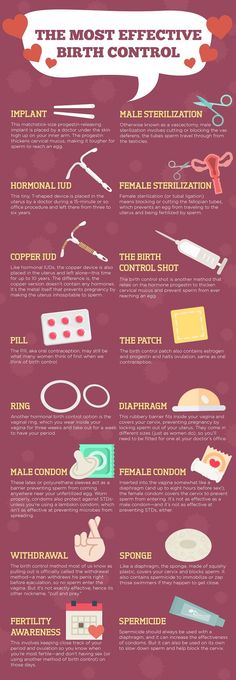
From the very beginning, the program provided exceptions that allowed, under certain conditions, to have a second child. Since the mid-1980s, birth control rules have been at the mercy of provincial administrations, in some of which representatives of national minorities could, without fear of sanctions, give birth to a third.
Despite these exceptions, the policy of birth control proved to be effective, but caused a decline in the working-age population in the first place. At the same time, the life expectancy of the elderly has increased. Expecting lower income levels in retirement, they reduce consumption, which negatively affects the economy.
In 2016, the Chinese government officially allowed all couples to have two children, and local authorities increasingly turned a blind eye to "unauthorized" births of thirds. The baby boom, however, did not happen - on the contrary, the birth rate began to fall (in 2020 - by 15%). In March of this year, experts from the Central Bank of China published a report in which they called for the abolition of the current birth restrictions - otherwise, the goals outlined in the plan for socialist modernization by 2035 will not be achieved.
The baby boom, however, did not happen - on the contrary, the birth rate began to fall (in 2020 - by 15%). In March of this year, experts from the Central Bank of China published a report in which they called for the abolition of the current birth restrictions - otherwise, the goals outlined in the plan for socialist modernization by 2035 will not be achieved.
- Pensioners will bring growth: how pension reform and low birth rate created the prerequisites for a jump in the Russian economy women
The policy of birth control was also presented as a logical consequence of the changing status of women and indeed gave many of them additional time to work. Sociologists Yingqi Wang and Tao Liu cite the following data: among mothers who have children under the age of five, 51.1% work (46.1% do not work, 2.8% are registered as unemployed), while among women , who do not have children of this age, have been working for 59.
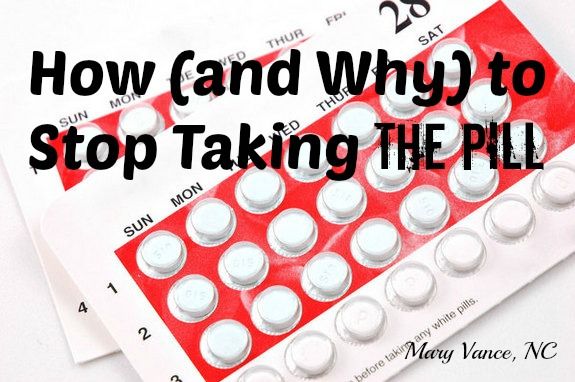 4% (37% do not work, 2.7% are registered as unemployed). It is paradoxical, however, that under the current birth control policy, a woman who has given birth to an “extra” child can be fired (not to mention the fact that fertility regulation in itself is a restriction on women’s reproductive rights). In addition, all the benefits of childlessness are “eaten up”, firstly, by the growing cost of maintaining even an only child, and secondly, by unpaid housework.
4% (37% do not work, 2.7% are registered as unemployed). It is paradoxical, however, that under the current birth control policy, a woman who has given birth to an “extra” child can be fired (not to mention the fact that fertility regulation in itself is a restriction on women’s reproductive rights). In addition, all the benefits of childlessness are “eaten up”, firstly, by the growing cost of maintaining even an only child, and secondly, by unpaid housework. In China, traditional values are still strong, which imply that a man is a breadwinner, and a woman is a mother and a housewife. In a report released in 2004, the State Council of China explicitly acknowledged that "the customs of inequality between men and women, inherited from China's history and culture, have not yet been completely eradicated." The idea that “men should be turned to society, and women to the family” in 2010 was shared by 61.6% of men and 54.
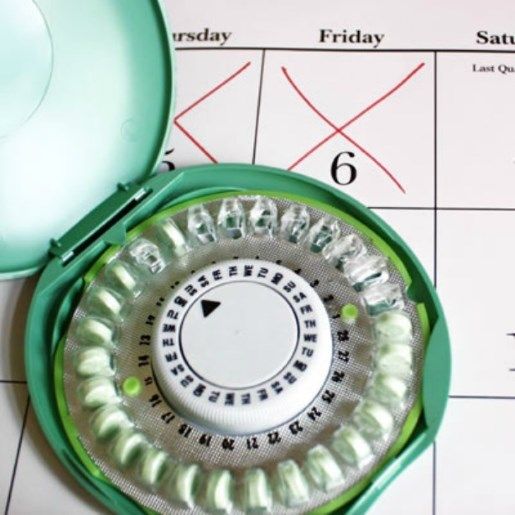 8% of women. Chinese women spend an average of 237 minutes a day on unpaid housework, while men spend only 94 minutes (data from the International Labor Organization for 2018).
8% of women. Chinese women spend an average of 237 minutes a day on unpaid housework, while men spend only 94 minutes (data from the International Labor Organization for 2018). This work includes caring for elderly relatives - and as China's population ages, the burden on women of working age will increase. At the same time, patrilocality is preserved in some rural areas - that is, a woman, when she marries, moves to her husband's family, and her parents are left without support in old age. This, and the social privileges enjoyed by men, make sons more desirable than daughters. So much so that one of the exceptions to the one-child rule mentioned above allowed rural families to have a second child if the first child was a girl.
Gender imbalanceIn the mid-1990s, sociologist Ansley Cole drew attention to the fact that Chinese women were too few compared to men.
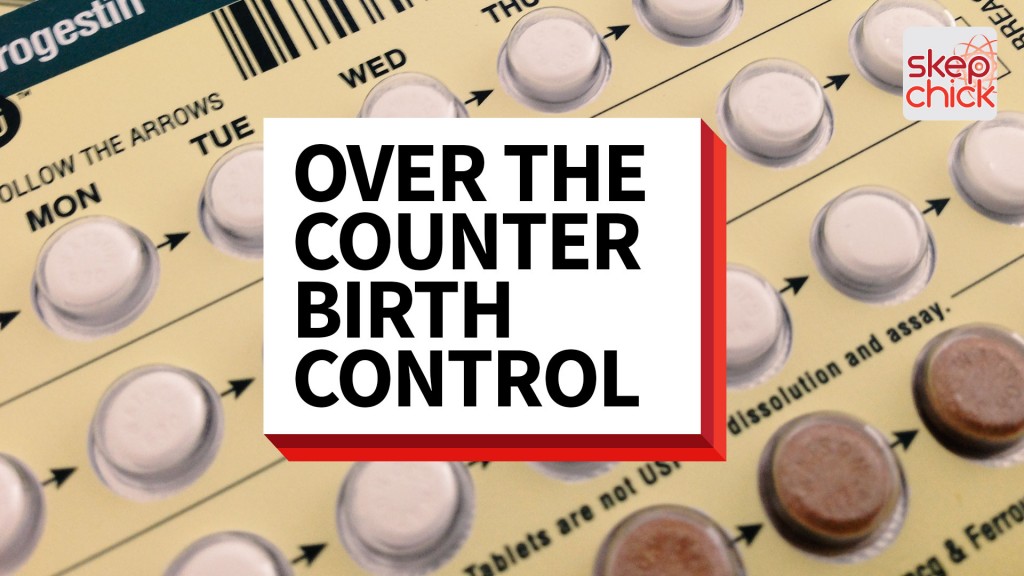 The normal sex ratio for any human population at birth is 100 girls to 105 boys; for other age groups, it may vary depending on mortality rates. Comparing data from various censuses since the beginning of the 20th century, Cole found that the shortage of women in China is characteristic of all age groups, including infants - in other words, many girls are either not born or die shortly after birth. If at 19In 1979, 106 boys were born for every 100 girls, then in 1990 - 111 boys.
The normal sex ratio for any human population at birth is 100 girls to 105 boys; for other age groups, it may vary depending on mortality rates. Comparing data from various censuses since the beginning of the 20th century, Cole found that the shortage of women in China is characteristic of all age groups, including infants - in other words, many girls are either not born or die shortly after birth. If at 19In 1979, 106 boys were born for every 100 girls, then in 1990 - 111 boys. “The rate of excess early female mortality (probably infanticide) dropped sharply during the communist period, but not to zero,” writes Cole. "The recent rise in the number of 'missing' girls in China is largely driven by the rapid rise in selective abortions." Simply put, expectant couples make the decision to terminate the pregnancy if they find out they are having a daughter.
In addition, newborn girls in rural areas have less access to health care than boys.
 The result is high infant mortality. “When a son is sick, parents react faster and spend significant resources on his treatment,” writes sinologist Isabelle Attane. “When their daughter is sick, they hesitate to consult a doctor or take the child to the hospital and, on average, spend less on medical care than on their son.”
The result is high infant mortality. “When a son is sick, parents react faster and spend significant resources on his treatment,” writes sinologist Isabelle Attane. “When their daughter is sick, they hesitate to consult a doctor or take the child to the hospital and, on average, spend less on medical care than on their son.” Today, the male population of China exceeds the female population by more than 30 million. Among people aged 20–24, for every 100 women, there are 114.6 men; among people aged 15–19, 118.4 men; 10-14 years old - 119 men. As today's teenagers mature, this imbalance will become more pronounced.
Marriage marketThe most obvious consequence of the surplus of men is the shortage of potential wives in the marriage market. Some researchers believe that this position increases the value of the latter and enables them to marry men of higher status.
 Others note that in this case, within the family, gender inequality is reinforced by social inequality. In addition, as Isabelle Attane suggests, with a shortage of brides, men will have to wait longer for the opportunity to marry, while women will be “snapped up”, which will result in a large number of couples with a large difference in age. All this, in theory, can worsen the position of a married woman, secure her the role of a housewife and limit her economic independence.
Others note that in this case, within the family, gender inequality is reinforced by social inequality. In addition, as Isabelle Attane suggests, with a shortage of brides, men will have to wait longer for the opportunity to marry, while women will be “snapped up”, which will result in a large number of couples with a large difference in age. All this, in theory, can worsen the position of a married woman, secure her the role of a housewife and limit her economic independence. At the same time, the number of men who will never get married is growing. In China, they are called "guanggun" - "bare branches". Political scientists Valerie Hudson and Andrea der Boer suggested in 2002 that this would lead to an upsurge in violence as the “bare branches” would seek to seize resources that would enable them to compete equally in the marriage market: “These theoretical predictions are supported by empirical evidence. [...] Regardless of cultural background, the vast majority of violent crime is committed by young, low-status unmarried men.
 ” The authors of a study published in 2011 write that they found "no evidence that [single men] are prone to aggression or violence, nor reports of crime and disorder in areas known to have a high male presence." But they note that the “bare branches”, as a rule, have low self-esteem, they are closed and prone to depression.
” The authors of a study published in 2011 write that they found "no evidence that [single men] are prone to aggression or violence, nor reports of crime and disorder in areas known to have a high male presence." But they note that the “bare branches”, as a rule, have low self-esteem, they are closed and prone to depression. However, the attitude towards marriage in China, especially in the cities, is changing: many young people deliberately refuse it. In 2018, 10.14 million marriages were registered in China, in 2019 - 9.27, in 2020 - 8.1 million. But the number of divorces is growing: if in 1987 580,000 in 2020 - already more than 3 million, their share over the same period increased from 0.5% to 3.4%. According to the All-China Women's Federation, 70% of divorces are initiated by wives.
The lack of potential partners has led to the flourishing of sex trafficking.
 Most often, its victims are women from disadvantaged regions - North Korea, Myanmar and others. Traveling to China to earn money, they end up in the hands of brokers who sell them into slavery. The authors of the Human Right Watch report directly point to gender imbalance as the reason for the high demand for sex slaves. Some of the women survivors of sex slavery they interviewed said they were raped in order to conceive a child. Children are either used as a way to keep a slave girl from escaping, or have value of their own - some HRW informants said they were ready to be released into the wild on the condition that the child remained in a Chinese family. At the same time, children born to illegal migrants are not officially registered, they do not have access to education and healthcare. According to various estimates, there are now about 30,000 “non-existent” children in the country.
Most often, its victims are women from disadvantaged regions - North Korea, Myanmar and others. Traveling to China to earn money, they end up in the hands of brokers who sell them into slavery. The authors of the Human Right Watch report directly point to gender imbalance as the reason for the high demand for sex slaves. Some of the women survivors of sex slavery they interviewed said they were raped in order to conceive a child. Children are either used as a way to keep a slave girl from escaping, or have value of their own - some HRW informants said they were ready to be released into the wild on the condition that the child remained in a Chinese family. At the same time, children born to illegal migrants are not officially registered, they do not have access to education and healthcare. According to various estimates, there are now about 30,000 “non-existent” children in the country. - Love in South Korea: how they build relationships and treat marriage here
- “There is nothing worse than a bad marriage”: Lyudmila Ulitskaya — about love, low self-esteem and life in conditions of uncertainty
- Not long and unfortunate: why married people do not enjoy life more than single and single people raising the retirement age.
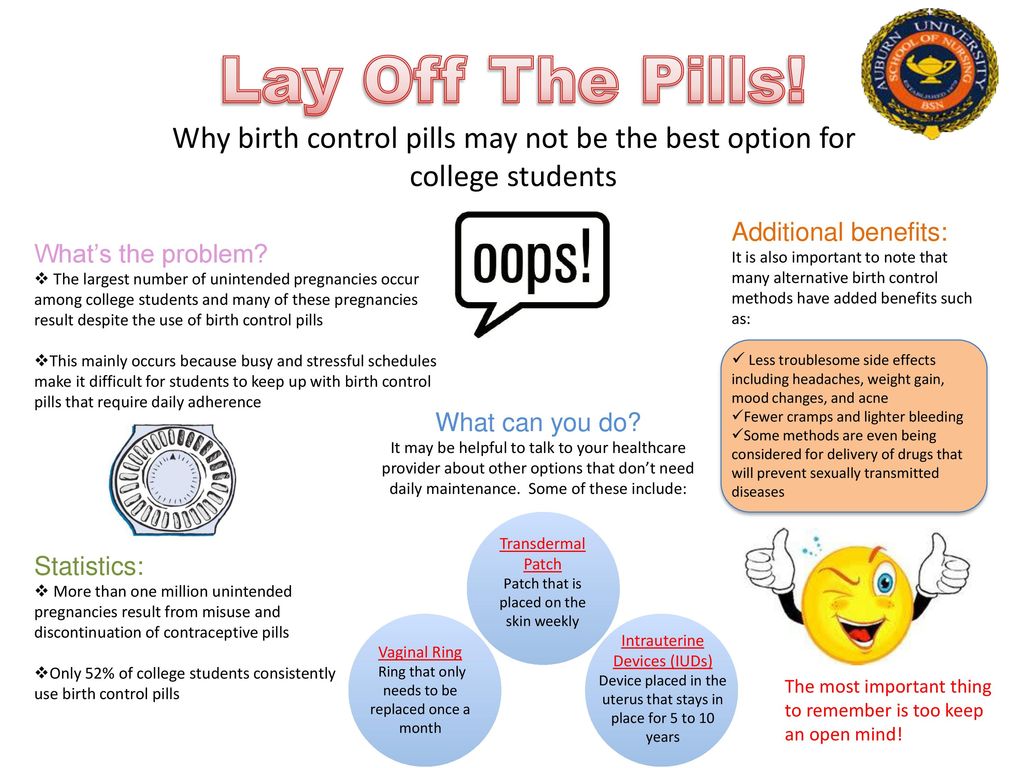 However, this is unlikely to give a quick effect: the policy of "one family - one child" has led not only to a reduction in the birth rate, but also to the fact that now there is simply no one to increase it.
However, this is unlikely to give a quick effect: the policy of "one family - one child" has led not only to a reduction in the birth rate, but also to the fact that now there is simply no one to increase it. They try to solve the problem in different ways. For example, back in the early 2000s, the National Population and Family Planning Commission launched the Care for the Girls campaign, which tried to add value to daughters. The authorities are also fighting the practice of selective abortions, but since there are not many ways to separate them from other cases of abortion, the measures are limited to limiting the ability to have an abortion after the 14th week of pregnancy - this is the period when the sex of the unborn child can be determined.
Another direction is the preservation of the institution of marriage. For example, since January 1, 2021, a law has been in force in China, according to which a divorce application must be filed twice with a difference of a month - it is assumed that during this time the couple may change their mind about divorcing.
 There are even exotic proposals such as the introduction of the practice of polyandry (polyandry).
There are even exotic proposals such as the introduction of the practice of polyandry (polyandry). However, this does not mean that Chinese families will become large families: the policy of birth control has created a mindset in which all the resources of a couple are focused on one child, and many families feel that they simply cannot afford a second.
Rich and prolific: fathers of many children on the Forbes list
9 photos
China softened birth control slogans - RBC
adv.rbc.ru
adv.rbc.ru
adv.rbc.ru
Hide banners
What is your location ?
YesChoose other
Categories
Euro exchange rate as of November 30
EUR CB: 63.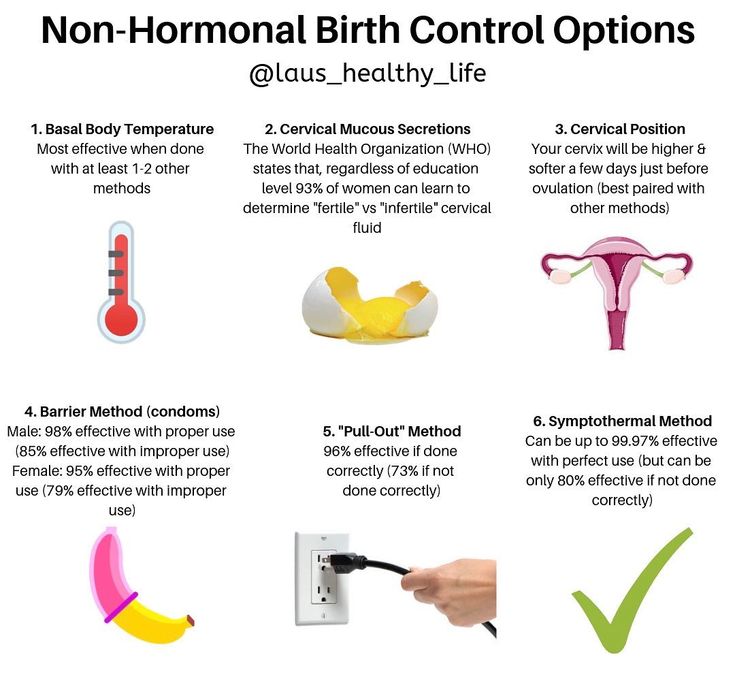 39 (+0.09) Investments, 16:04
39 (+0.09) Investments, 16:04 Dollar exchange rate on November 30
USD Central Bank: 61.07 (+0.32) Investments, 16:04China launched a manned spacecraft with three taikonauts Society, 21:17
Why nickel, palladium, copper and cobalt are the key metals of the economy RBC and Norilsk Nickel, 21:16
In Moscow, the temperature will drop to -17 degrees by the end of the week Society, 21:05
adv.rbc.ru
adv.rbc.ru
How geoanalytics has changed the retail market: the case of the Lenta network RBC and SberAnalytika, 21:04
Military operation in Ukraine.
 The main thing Politics, 21:02
The main thing Politics, 21:02 The Netherlands and Senegal made it to the 1/8 finals. What's happening in Qatar Sport, 21:00
"Kommersant" learned about the suspension of gas supply to the Crimea from the mainland Society, 20:58
Explaining what the news means
RBC Evening Newsletter
Subscribe
Why the National Center for Physics and Mathematics was established in Sarov RBC+, 20:54
Intelligence is about the sense of taste. How to evaluate it RBC and GALS, 20:41
The Central Bank announced the absence of plans to buy back blocked assets Politics, 20:40
The coach of the national team with a quote from Utyosov's song answered Maigurov's criticism Sport, 20:28
Medvedev invited NATO to "repent before humanity" Politics, 20:24
The Central Bank announced the creation of a housing savings system for mortgage lenders Real estate, 20:19
Belarusian oppositionist Kolesnikova was taken to intensive care from a colony Politics, 20:18
adv.
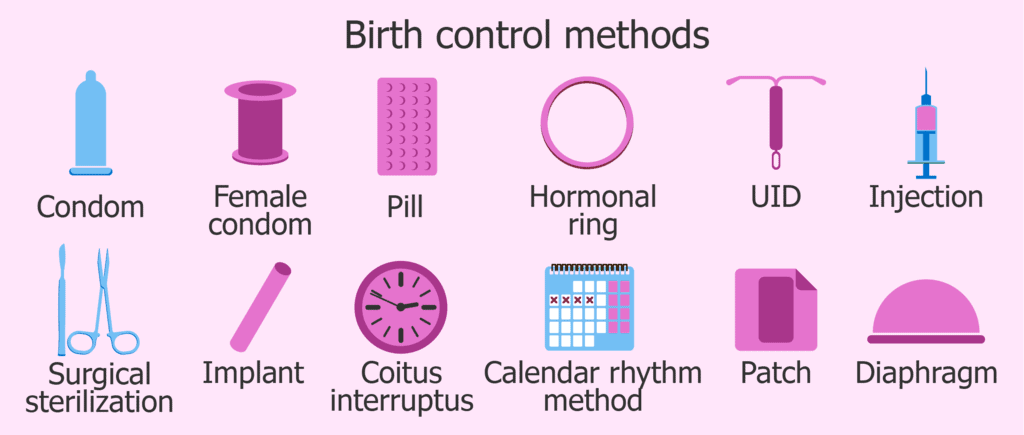 rbc.ru
rbc.ru adv.rbc.ru
adv.rbc.ru
The Chinese authorities have decided to abandon the overly odious slogans promoting birth control policy.
The Chinese authorities have decided to abandon the overly odious slogans promoting birth control policy.
According to the BBC, the country has published a list of 190 officially approved slogans. It did not include such slogans as "Another child - another grave", which until recently tried to convince peasants not to have more than one child per family.
Since the end of 1979, China has been pursuing a demographic strategy, expressed by the famous slogan "one family - one child". Its essence lies in the fact that married couples living in the city are allowed to have no more than one child (excluding twins, triplets and other multiple births), peasant families - no more than two (provided that the first child is a girl). Violators of these rules in China are subjected to forced abortions and sterilizations.

adv.rbc.ru
As of 2005 The population of China was 1.3 billion people, which is 20% of the total population of the planet. The purpose of the population policy pursued by the government of the PRC is to reduce population growth. However, the Chinese leadership came to the conclusion that frightening slogans discredit its population policy.
adv.rbc.ru
According to Chinese media, the decision of the National Population and Family Planning Commission of China was dictated by "the desire to gain greater understanding of the country's population control policy."
Xinhua News Agency gives examples of "poor quality" slogans such as "Raise fewer children, more pigs" and "If you refuse to have an abortion, we will demolish the house and confiscate the cows." Among the officially recommended slogans are: "Mother Earth is tired and will not bear more children," as well as another, designed to eliminate the disproportion between the number of boys and girls.

